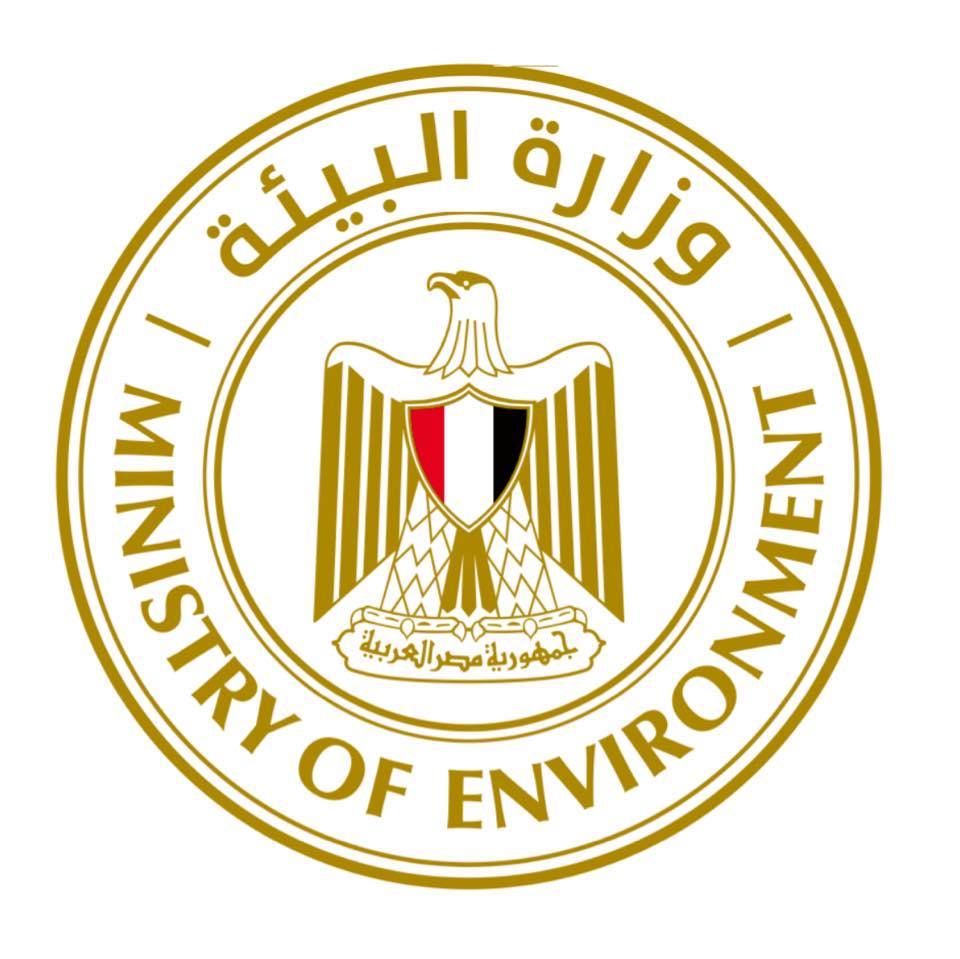WASTE MANAGEMENT

Agricultural waste torrefaction to bio-char
Market
| Final Products | Solid biofuels (Bio-char) |
| Required Inputs | Sorting, shredding, torrefaction, pelletizing operations units |
| Competing Products | Solid fossil fuel (Coal mostly) |
Process
| Complexity – Type of Process | Thermal treatment (Torrefaction) |
| Technology | Sorting, shredding, torrefaction, pelletizing operations units |
| Equipment and Material | Torrefaction reactors, combustor, cooler, densification equipment |
| Human Resources | Manual labor, engineers |
Advantages and Risks
| Competitive Advantage | High demand and high calorific value |
| Barriers to Entry | Securing large amounts of supply |
| Key Stakeholders | Local farmers to providing agricultural waste as biomass, factories providing waste as biomass, factories as energy consumers, local waste traders |
| Special Regulations | NA |
| Risks and Mitigation Measures | High power of suppliers and possible competition with them in case they tried to copy the business. Mitigation measures are diversification of supply |
Economic Features
| Revenue Stream | Sales of bio-char |
| CAPEX |
The inputs and technology would cost an average of 3.6M EGP Note: This CAPEX represents the indicative investment size, however, this investment opportunity can grow in implementation to a larger-sized investment. |
| Investment Size | Small (between 500k-5M EGP) |
Geography
| Location of Supply | Supply is mostly in Delta region and Upper Egypt |
| Preferred operation regions |
Preferred operation regions: Ismailia, Delta Region, Upper Egypt |
Studies
| Serial | File name | Download |
| 1 | 19 Business Opportunities Economic Business Models in Egypt's Recycling Sector for Startups and SMEs_booklet |
